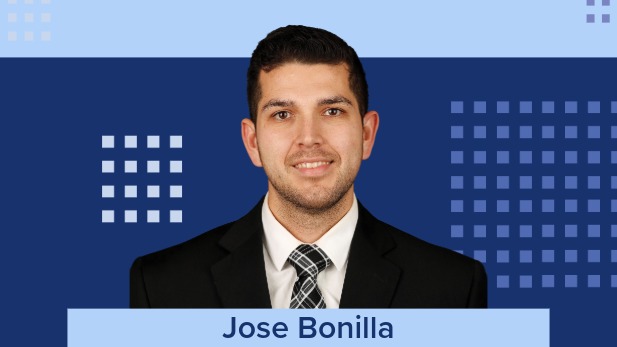Front-line Workers Stuck in Their Jobs
Learn why companies’ diversity efforts are not reaching those employees who can most benefit from them – Black workers in hourly paid, front-line jobs.

Companies have made major efforts to hire and promote people of color and create an inclusive workplace. They have done so through recruiting more at historically Black universities and colleges and appointing more Black executives to top-level leadership teams and boards of directors. But a new study by McKinsey on hiring, promotions, and career paths of four million employees at more than fifty large companies shows that these efforts have fallen short. Companies’ diversity efforts are not reaching those employees who can most benefit from them – Black workers in hourly paid, front-line jobs which do not require advanced technical skills or educational credentials. These jobs include retail salespeople, cooks, cashiers, housekeeping staff, and drivers.
Black workers are found in 17% of hourly jobs at large companies. However, the percentage of Black workers shrinks to 9% in low-level supervisory or management roles which pay more and are an important step in the career ladder to higher level and even better paying positions. This is despite 80% of Black and other minority employees desiring promotions. Yes, companies have diversity programs, but they often don’t focus on providing training opportunities or explaining the career paths and qualifications necessary to move to managerial jobs or jobs with more responsibility. Compared to employees in other positions (e.g., managers), Black front-line workers feel that diversity efforts are less effective, they are treated unfairly, and promotions are not based on their performance. The study found that some of the factors holding back Black front-line employees from advancing include perceptions that they lack the interpersonal and communications skills (“soft skills”) needed to work on a team, interact with customers, or lead others. These perceptions were related to Black front-line employees' movement to the next job on the career ladder. That is, the more success in the next job on the career ladder was believed to depend on interpersonal skills, the fewer Black employees were found in those roles. Also, front-line employees who have a sponsor or someone who can advocate for them have a greater chance of getting a promotion. Although over 50% of white employees reported that they had at least one sponsor, only 38% of Black employees had a sponsor. Further, Black employees report they receive fewer opportunities to grow and develop.
Questions for Students
What types of development activities do you think would be effective for helping solve the lack of movement of front-line Black employees into higher level and better paying jobs? Describe the development activities you would choose and why you believe they would be effective.
Would development planning or career management systems be helpful to overcome the problems described in the case? Why or Why not? Provide reasons for your choice.
Note to Instructors
This case helps students understand the importance of employee development and how development planning and career management can be useful in helping employees move out of jobs they feel “stuck in” and gain better career opportunities. This is also an opportunity to show the key role that development should have in a company’s DEI efforts.
Sources: R. Smith, “Why Black and Hispanic Workers Get Stuck on the Lowest Rung”, The Wall Street Journal (August 1, 2022): R1 & R4; “Race in the Workplace: The Frontline Experience” (July 2022) from www.mckinsey.com/raceintheworkplace, accessed August 5, 2022.


